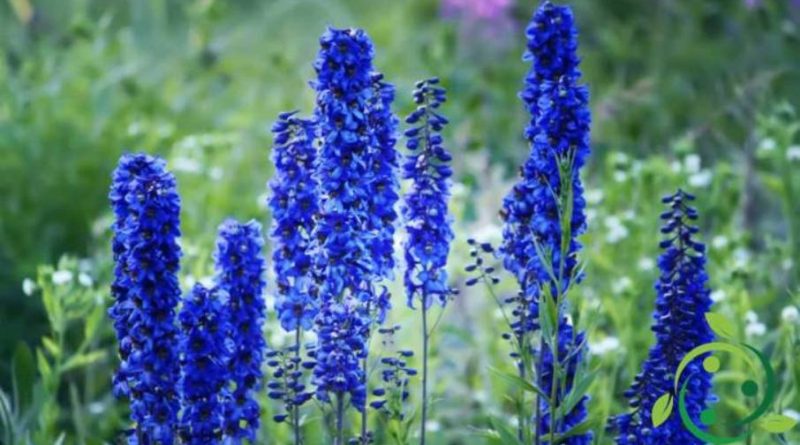Properties and uses of Staphysagria
Properties and uses of Staphysagria
Staphysagria (Delphinium staphisagria L., 1753) is an annual herbaceous species of the Ranunculaceae family.
It is a plant native to the countries of the Mediterranean basin that is located in gravelly places and on the edge of the fields. In Italy it is mainly found along the coasts of the south and in the islands.
The plant can reach a height up to 100 cm; it has beautiful blue-violet flowers arranged in clusters; the fruits are hairy and contain large seeds of about 5 mm, from which the homeopathic remedy is obtained.
Staphysagria is in fact a widely used plant in homeopathy. In this sheet we will see the active principles contained in this plant and properties and uses of Stafisagria.
In the past, Stafisagria was widely used as a folk remedy for the treatment and elimination of lice, hence the name “lice grass”. The homeopathic preparation is obtained by mixing the seeds with an equal amount of gypsum and letting the powder macerate in cold for a week with alcohol. The mother tincture contains oils, malic acid and a small percentage of alkaloids including Delfinin and Stafisagrina.
The seeds contain alkaloids including delphinine, delphisin, delfinoidin, stafisagrodin, malic acid, stafisaric acid, fixed oil and volatile oil, mucilage.
The use of Staphysagria is generally done in the following main cases:
– skin disorders, such as pruritus (especially in the occipital and temporal area and behind the ears), rashes, against eczema, poor sweating;
– eye disorders like styes, eyes circled, boils;
– gingival and dental disorders, with gums often bleeding, carious and sensitive teeth;
– heart disorders, such as arrhythmias;
– disorders of the genital apparatus such as warts, cystitis, prostate hypertrophy, hypersensitivity and discomfort of the genital and urinary tract;
– bone pain and neuralgia.
For external use the most frequent use is that through the tincture or infusion of seeds as insecticide against lice and scabies of animals. Once used in folk medicine, seeds were used for internal use as antelithic and sedative, but overdose is a cause of even fatal poisoning, generates gastro-enteric irritations accompanied by vomiting and diarrhea and by asphyxiation due to cardiac arrest. For this reason, as always, the adoption of remedies with the help of natural products must always be subjected to the medical prescription.

